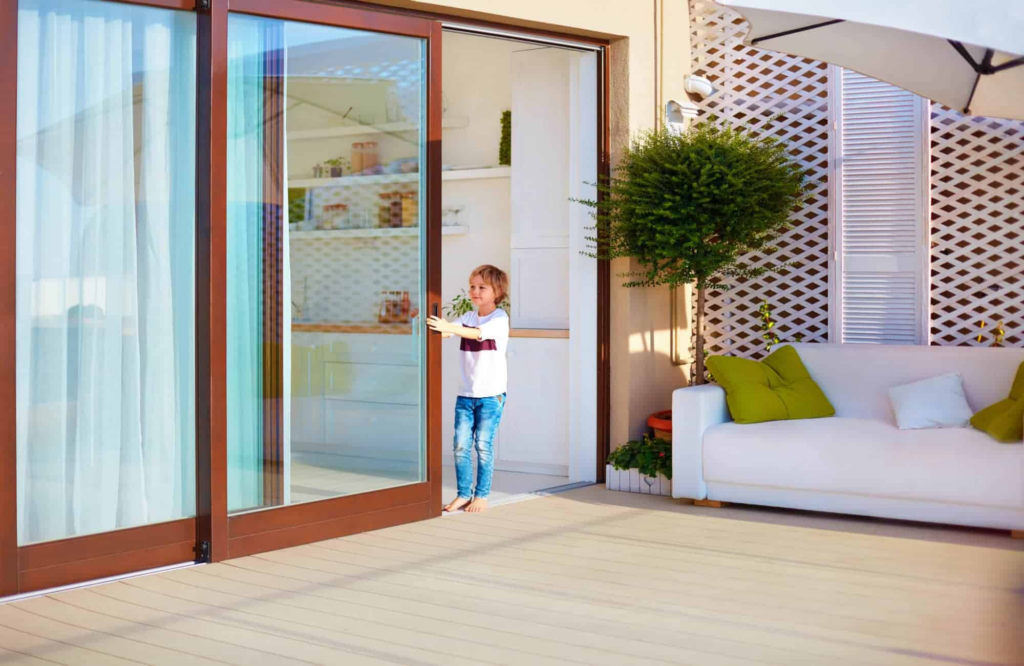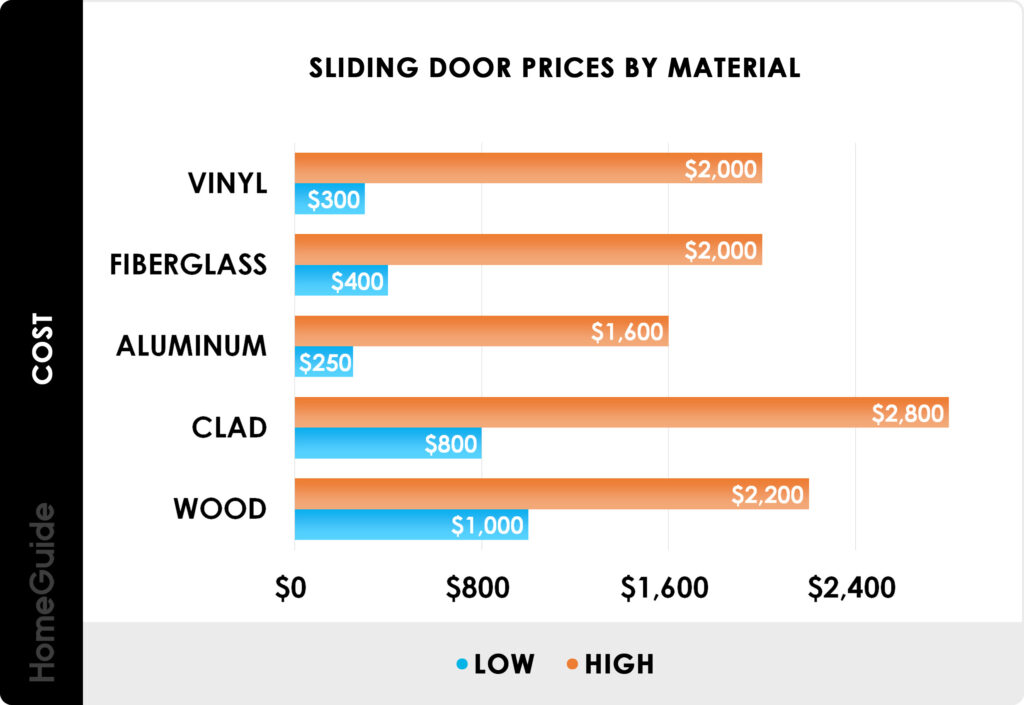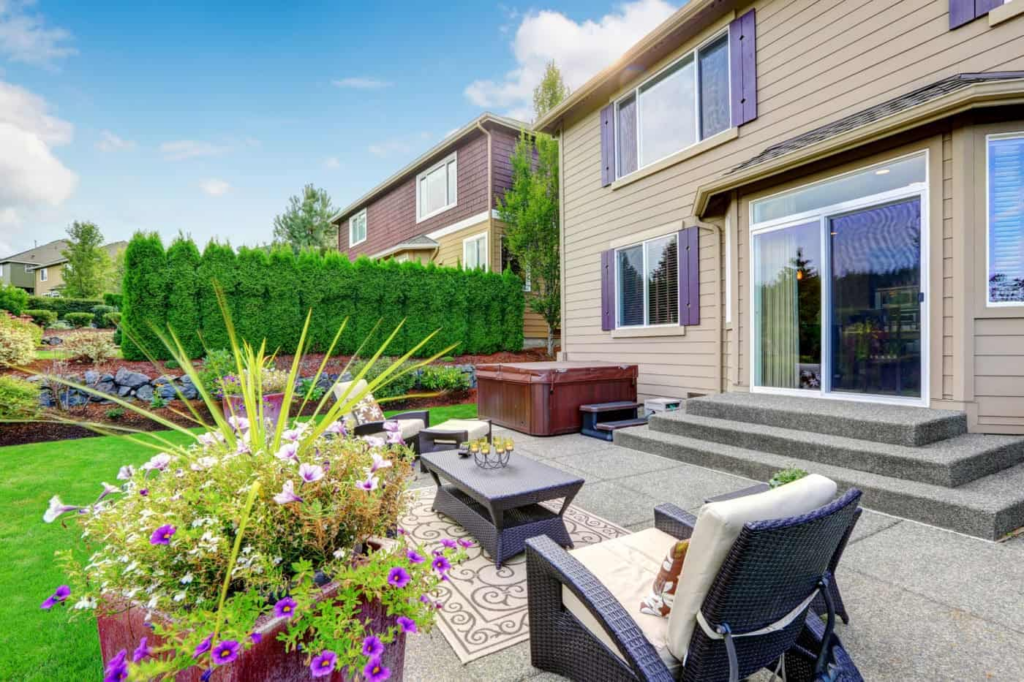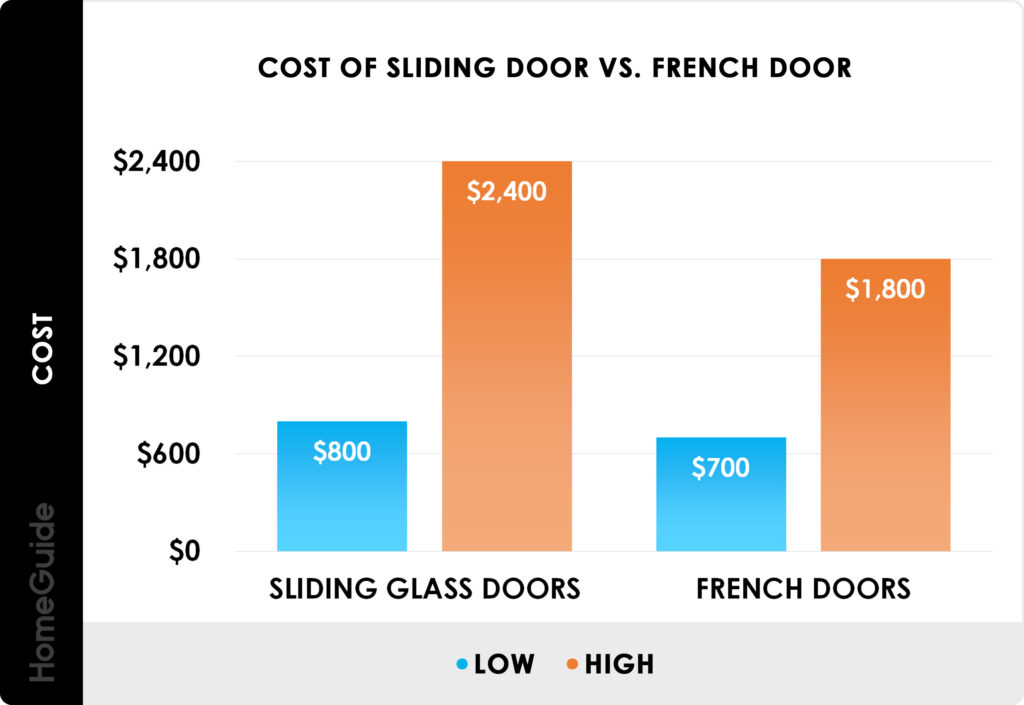Replacing a sliding glass door can be a significant investment, whether you’re upgrading your home or a commercial space. Understanding the costs involved is crucial for budgeting effectively. This guide will explore the various factors influencing the cost of replacing a sliding glass door, from material choices to installation fees.
Factors Affecting Sliding Glass Door Replacement Costs
Several factors influence the cost of replacing a sliding glass door. These include the type of glass and frame materials, the size of the door, the complexity of installation, and additional features like energy efficiency. Each of these components can significantly impact the overall price.
Material Choices
The materials you choose for your sliding glass door can dramatically affect the cost. Common frame materials include aluminum, vinyl, wood, and fiberglass. Aluminum tends to be the least expensive option, while wood and fiberglass are usually more costly due to their durability and aesthetic appeal. The type of glass also plays a role; for instance, double-pane or triple-pane glass can be more expensive than single-pane due to their enhanced insulation properties.

Door Size and Customization
The size of the sliding glass door is another crucial factor. Standard doors are generally less expensive, but if you require a custom size, expect to pay more. Customization options such as special finishes, colors, or patterns can also add to the cost. Additionally, larger doors typically require more robust framing and hardware, further increasing the price.
Installation Costs and Labor
Installation costs can vary widely depending on the complexity of the project and your location. Professional installation is recommended to ensure the door is fitted correctly and operates smoothly.
Professional Installation
Hiring a professional installer can range from a few hundred to several thousand dollars. This cost includes labor, any necessary adjustments to the door frame, and the removal of the old door. While DIY installation might seem like a cost-saving option, it often requires specialized tools and expertise, making professional installation a safer and more reliable choice.

Geographic Location
Your geographic location can also affect installation costs. Urban areas with a higher cost of living typically have higher labor rates than rural areas. Additionally, if you live in a remote location, there might be additional charges for travel and transportation of materials.

Additional Features and Considerations
Several additional features can influence the cost of replacing a sliding glass door. These include energy-efficient glass, security features, and aesthetic enhancements.
Energy Efficiency
Investing in energy-efficient glass can lead to long-term savings on your energy bills. While initially more expensive, options like Low-E (low emissivity) glass help maintain indoor temperatures by reflecting heat, thereby reducing your heating and cooling costs.
Security Features
Enhanced security features such as multi-point locking systems, impact-resistant glass, and reinforced frames can also increase the cost. However, they offer added peace of mind and can be particularly beneficial in commercial settings where security is a priority.
Aesthetic Enhancements
Aesthetic enhancements, such as decorative grilles, custom finishes, or integrated blinds, can add to the visual appeal of your sliding glass door. While these features can increase the overall cost, they can significantly enhance the appearance and value of your property.

Estimating Total Costs
When estimating the total cost of replacing a sliding glass door, it’s essential to consider all the factors mentioned above. On average, homeowners can expect to spend anywhere from $800 to $2,400 or more for a standard door, including materials and installation. For commercial spaces or high-end residential projects, costs can easily exceed $5,000.
Budgeting for Your Project
To budget effectively, consider obtaining multiple quotes from reputable contractors. This will give you a better idea of the going rate in your area and help you find the best deal. Be sure to factor in any additional features or customization options you desire, as they can significantly impact the final cost.

Long-Term Value
While the upfront cost of replacing a sliding glass door can be substantial, it’s essential to consider the long-term value. A high-quality door can enhance your property’s curb appeal, improve energy efficiency, and increase security, all of which can contribute to a higher resale value.
Conclusion
Replacing a sliding glass door is a significant investment that can enhance both the functionality and aesthetics of your home or commercial space. By understanding the factors that affect the cost, such as materials, installation, and additional features, you can make informed decisions and budget effectively for your project. Whether you’re prioritizing energy efficiency, security, or style, there are options available to suit your needs and budget.
FAQs
1. How long does it take to replace a sliding glass door?
The time required to replace a sliding glass door can vary based on the complexity of the installation and whether any structural modifications are needed. Generally, professional installation can take anywhere from a few hours to a full day.
2. Can I replace a sliding glass door myself?
While DIY installation is possible, it’s not recommended unless you have experience with similar projects. Sliding glass door installation requires precise measurements and alignment, and any mistakes can lead to operational issues or energy inefficiency.
3. How can I maintain my new sliding glass door?
Regular maintenance can prolong the life of your sliding glass door. This includes cleaning the glass and tracks, lubricating the rollers, and checking the seals for any signs of wear. Proper maintenance can help ensure smooth operation and energy efficiency.
4. What are the benefits of upgrading to a sliding glass door with Low-E glass?
Low-E glass offers several benefits, including improved insulation, reduced energy bills, and minimized UV damage to furniture and flooring. While initially more expensive, the energy savings can offset the higher cost over time.
5. Are there any grants or rebates available for energy-efficient sliding glass doors?
Some local or national programs offer incentives for upgrading to energy-efficient doors and windows. It’s advisable to check with local government agencies or energy providers to see if any grants or rebates are available in your area.